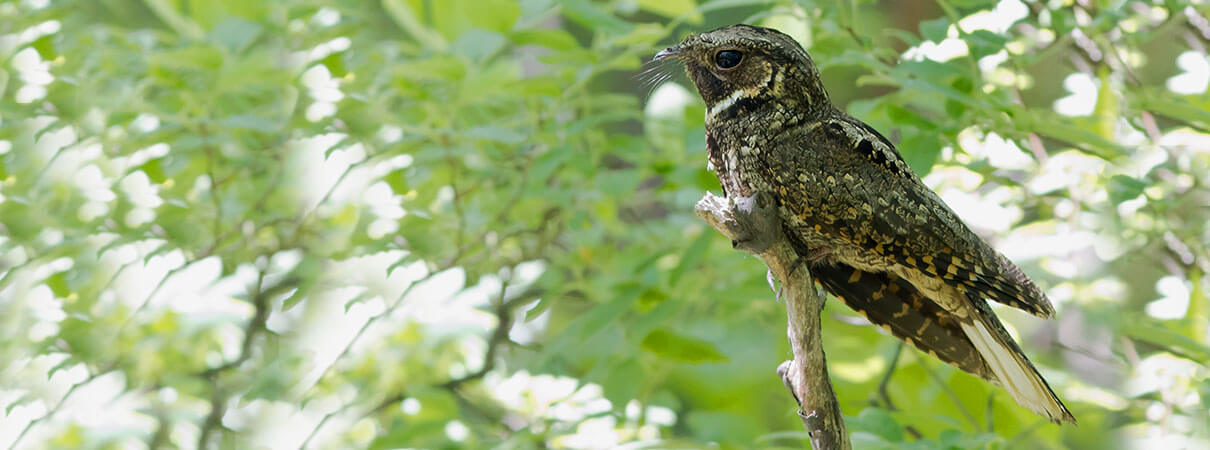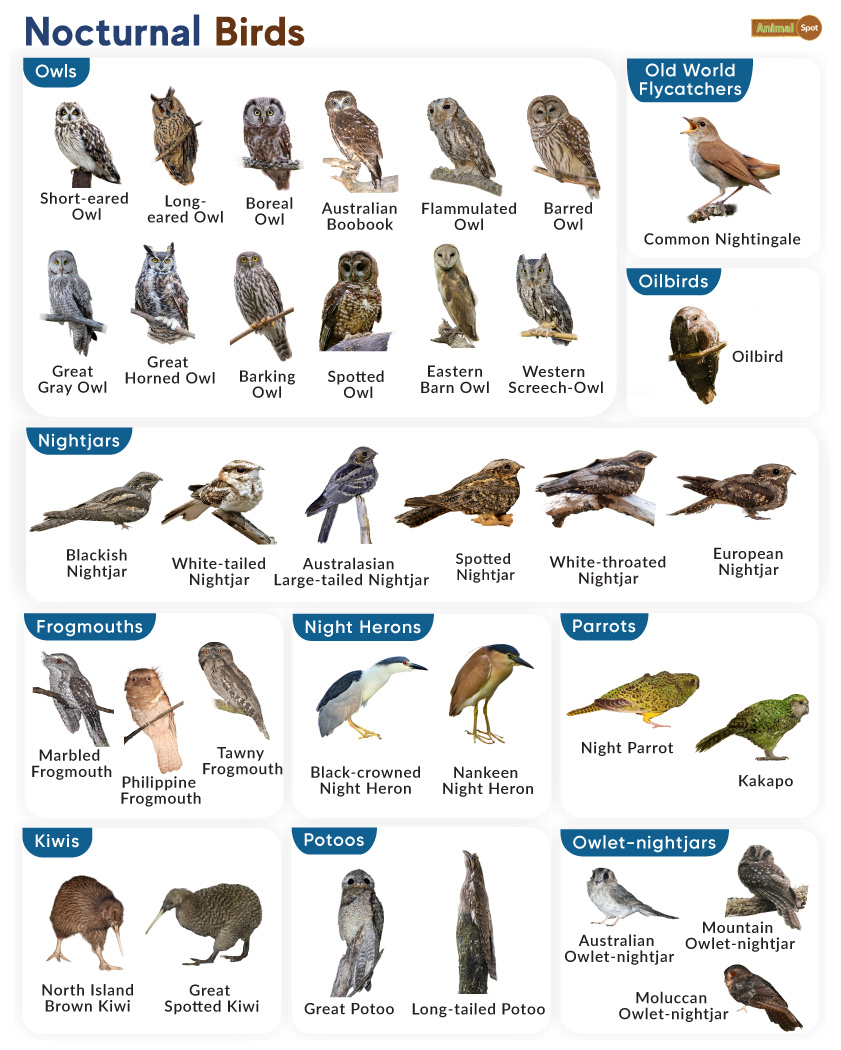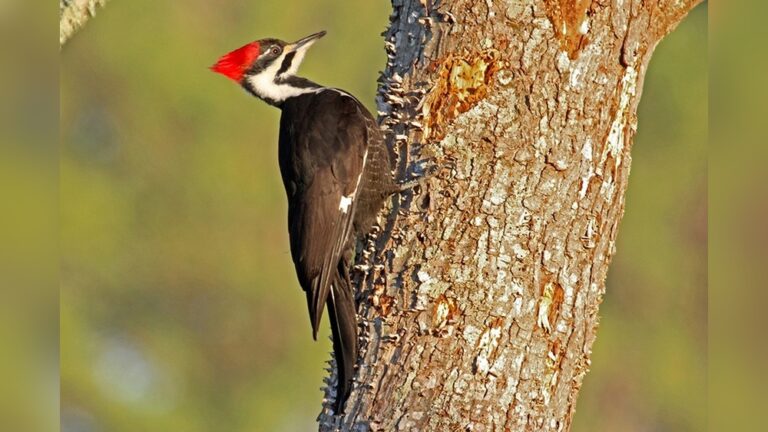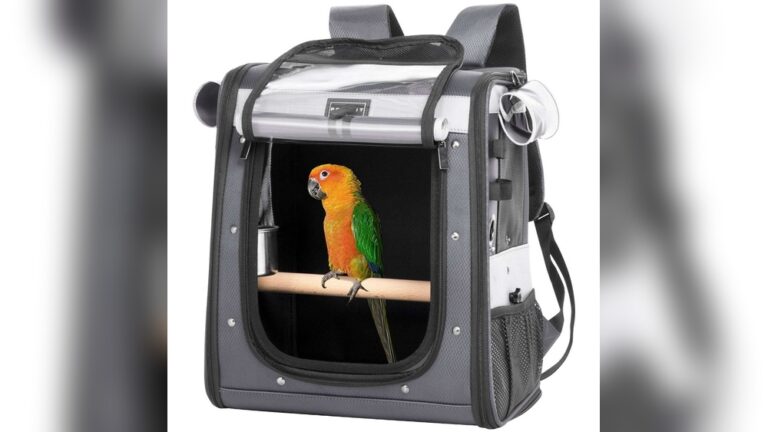Nocturnal Bird Species
Have you ever wondered what kinds of birds come alive when the sun goes down? Nocturnal bird species are some of the most fascinating creatures in the natural world.
They navigate the night with incredible skills, using sharp senses you might not expect. If you want to discover which birds rule the night and how they survive in the dark, this article is made just for you. Get ready to unlock secrets about these mysterious night flyers that will change the way you see the night sky forever.

Credit: abcbirds.org
Characteristics Of Nocturnal Birds
Nocturnal birds have unique features that help them live and hunt at night. Their bodies are built to see, hear, and move in darkness. These special traits set them apart from birds active during the day. Understanding these characteristics gives us a closer look at how these birds survive and thrive in the night.
Adaptations For Night Vision
Nocturnal birds have large eyes that collect more light. Their eyes contain many rod cells that help detect dim light. These cells make it easier to see in the dark. Some species have a reflective layer behind their eyes. This layer bounces light back, improving their night vision even more.
Silent Flight Mechanisms
Silent flight helps nocturnal birds hunt without alerting prey. Their feathers are soft with fringed edges. These edges reduce noise by breaking up air turbulence. The wing shape also supports quiet gliding. This silence gives them an advantage during night hunts.
Enhanced Hearing Abilities
Hearing is crucial for finding prey in the dark. Nocturnal birds have large, well-placed ears. Some have asymmetrical ear openings to locate sounds better. Their facial discs help focus sound into the ears. This sharp hearing allows them to catch prey they cannot see well.

Credit: www.animalspot.net
Common Nocturnal Bird Species
Nocturnal birds are active during the night. They have unique features to help them hunt and survive in the dark. Many species have excellent night vision and silent flight. Some are well-known, while others are rare and mysterious. Let’s explore some common nocturnal bird species.
Owls And Their Varieties
Owls are the most famous nocturnal birds. They have large eyes that see well in low light. Their feathers are soft for silent flight. Many types of owls exist, such as barn owls, great horned owls, and snowy owls. Each type has its own hunting style and habitat. Owls use sharp talons to catch small animals like mice and insects.
Nightjars And Nighthawks
Nightjars and nighthawks are often confused but are different species. They have camouflaged feathers that blend into the night. These birds catch insects while flying. Their wide mouths help them scoop bugs mid-air. Nightjars rest on tree branches or the ground during the day. At night, they become active hunters, using their sharp eyesight.
Oilbirds And Frogmouths
Oilbirds live in caves and use echolocation to navigate. They feed on fruit in the dark. Their wings are strong for long flights at night. Frogmouths have large, wide mouths and sit still during the day. They hunt insects and small animals at night. Both species have adapted well to nighttime living in tropical forests.
Habitats Of Nocturnal Birds
Nocturnal birds live in many different places. Their habitats provide food, shelter, and safety. These birds have adapted well to survive in the dark. Their homes vary from dense forests to dry deserts and wet coastal areas. Each habitat shapes their behavior and lifestyle.
Forest Dwellers
Many nocturnal birds live in forests. Thick trees offer them cover and quiet places to rest. Owls and nightjars often hide in tree branches. The forest floor also holds insects and small animals for food. Darkness and dense leaves help them stay hidden from predators.
Desert Adaptations
Some nocturnal birds live in deserts. They avoid the hot sun by hunting at night. Desert owls have special feathers to keep warm during cold nights. They find water in small plants or dew. These birds are skilled at moving quietly on sandy ground.
Wetland And Coastal Species
Nocturnal birds also live near water. Wetlands and coastal areas provide many fish and insects. Birds like night herons and some owls hunt near lakes and rivers. Their sharp eyes and ears help them catch food in low light. These habitats offer rich feeding grounds and safe nesting spots.
Feeding And Hunting Techniques
Nocturnal birds have unique ways to find food in the dark. Their feeding and hunting techniques help them survive in night environments. These birds use special senses and skills to catch prey.
Understanding how they detect prey, what they eat, and how they search is key to knowing their behavior. These methods differ from daytime birds and are fascinating to explore.
Prey Detection At Night
Nocturnal birds rely on sharp senses to find prey. Their eyes are large and sensitive to low light. This helps them see better in darkness. Some use excellent hearing to locate sounds made by small animals. Others sense movement with their feathers or beaks. These adaptations make hunting easier and more effective at night.
Dietary Preferences
The diet of nocturnal birds varies by species. Many prefer insects, small mammals, or other birds. Some eat fruits or nectar when animals are scarce. Their food choice depends on what is easy to catch at night. They often target animals that are active or resting in the dark.
Foraging Strategies
Nocturnal birds use different methods to find food. Some fly quietly and swoop down on prey. Others perch and wait patiently before striking. Some search the ground or water for hidden creatures. These strategies help them save energy and increase success while hunting at night.
Breeding And Nesting Habits
Nocturnal birds have unique ways to raise their young. Their breeding and nesting habits help them survive in the dark. These habits vary by species but often show clever adaptations. Understanding these behaviors sheds light on their quiet world at night.
Nesting Sites And Materials
Nocturnal birds choose safe places to build nests. Some use tree hollows, others pick cliff ledges. Ground nests are common for certain species. They use materials like leaves, twigs, and feathers. These materials keep eggs warm and hidden from predators.
Parental Care
Both parents often share the duty of caring for eggs. One parent stays with the eggs while the other hunts food. Feeding the chicks is a team effort. Parents keep the nest clean and protect the young from dangers. This care increases the chances of chick survival.
Breeding Seasons
Breeding seasons differ depending on the bird’s habitat. Many nocturnal birds breed when food is plentiful. This timing helps parents feed their chicks better. Some species breed once a year, while others may breed twice. The season length affects how many young they raise.
Threats To Nocturnal Birds
Nocturnal birds face many dangers that threaten their survival. These creatures rely on the night for hunting and breeding. Changes in their environment can cause serious problems. Understanding these threats helps us protect these unique species better.
Habitat Loss
Many nocturnal birds lose their homes due to deforestation. Forests and wetlands shrink as humans build cities and farms. Without safe places to nest and hunt, their numbers fall. Habitat loss reduces food sources and shelter for these birds.
Light Pollution
Bright city lights confuse nocturnal birds. These lights disrupt their natural sleep and hunting patterns. Birds may fly toward lights and get exhausted or injured. Light pollution also affects their ability to find mates and raise young.
Predation And Human Impact
Nocturnal birds face more predators near human areas. Cats and dogs hunt them at night. Human noise and activity scare birds and stop them from feeding. Pollution and pesticides harm their health and reduce insect prey.
Conservation Efforts
Conserving nocturnal bird species is vital to keep nature balanced. These birds face threats like habitat loss and pollution. Protecting them requires focused actions by many groups. Efforts include creating safe places, studying their habits, and involving local people.
Protected Areas
Protected areas provide safe homes for nocturnal birds. Forests and wetlands often become these special zones. Laws limit human activities in these places. Birds can nest, hunt, and live without disturbance. Protected areas help maintain food chains and natural cycles.
Research And Monitoring
Scientists study nocturnal birds to understand their needs. They track bird numbers and behaviors regularly. Data shows which species are at risk. Research guides better protection methods. Monitoring also reveals changes caused by climate or human impact.
Community Involvement
Local people play a key role in conservation. They help by reporting sightings and protecting habitats. Education programs raise awareness about nocturnal birds. Communities learn how to reduce harm and support birds. Their participation strengthens conservation efforts on the ground.

Credit: justbirding.com
How Smart Pets Lover Can Help You with Nocturnal Bird Species
Practical Ways to Learn from Nocturnal Bird Species
Understanding the unique characteristics and habitats of nocturnal birds opens up wonderful learning opportunities for curious pet parents and nature enthusiasts alike. Observing their feeding and hunting techniques, for example, can deepen your appreciation for how these birds adapt to the night’s challenges. Whether you’re exploring your backyard or local natural reserves, noticing their behaviors can be both educational and inspiring.
For those eager to connect more closely, keeping a nature journal or using night-vision cameras can reveal fascinating insights into breeding and nesting habits. These hands-on activities encourage patience and a respectful curiosity, reinforcing the importance of conservation efforts to protect these incredible creatures.
- Research local nocturnal bird species and their habitats.
- Observe feeding patterns during twilight hours.
- Engage in citizen science projects focused on bird conservation.
At Smart Pets Lover, we believe that every chirp tells a story worth discovering. If you have questions or want to share your observations, connecting with local wildlife organizations or birdwatching groups can be a great resource. Feel free to reach out via our website to exchange tips or learn more about responsible ways to appreciate nocturnal wildlife.
Frequently Asked Questions
What Are The Most Common Nocturnal Bird Species?
Owls, nightjars, and nighthawks are common nocturnal birds. These species are active at night and have adaptations for low light. They rely on keen hearing and night vision to hunt and navigate in darkness.
How Do Nocturnal Birds Hunt In The Dark?
Nocturnal birds use enhanced night vision and acute hearing to locate prey. Some have silent flight feathers that help them approach quietly. These adaptations allow precise hunting in low-light conditions, ensuring successful nighttime feeding.
Why Are Some Birds Active Only At Night?
Nocturnal activity helps birds avoid daytime predators and competition. It also allows them to exploit food sources unavailable to daytime species. This behavior increases survival chances and supports ecological balance in their habitats.
Where Do Nocturnal Birds Typically Live?
Nocturnal birds inhabit diverse environments like forests, deserts, and wetlands. They choose areas with ample cover and food supply. These habitats provide safety and resources needed for nighttime activity and nesting.
Conclusion
Nocturnal birds play a special role in nature’s night world. They use their sharp senses to hunt and survive. Each species has unique skills and habits. Studying these birds helps us understand night ecosystems better. Protecting their homes is important for balance in nature.
These creatures remind us that night holds many secrets. Exploring their lives can inspire curiosity and care for wildlife. Nighttime is alive with sounds and sights we often miss. Keep learning and appreciating the wonders of nocturnal birds.







